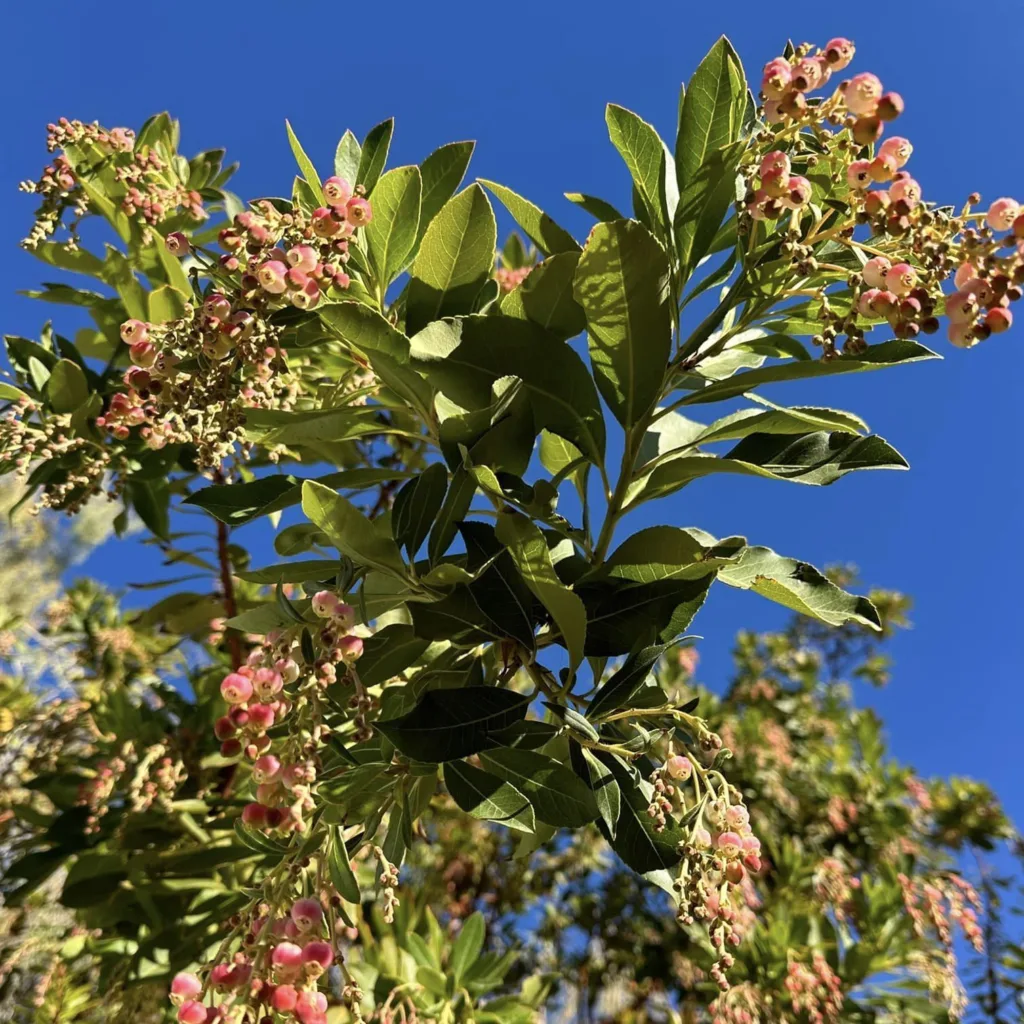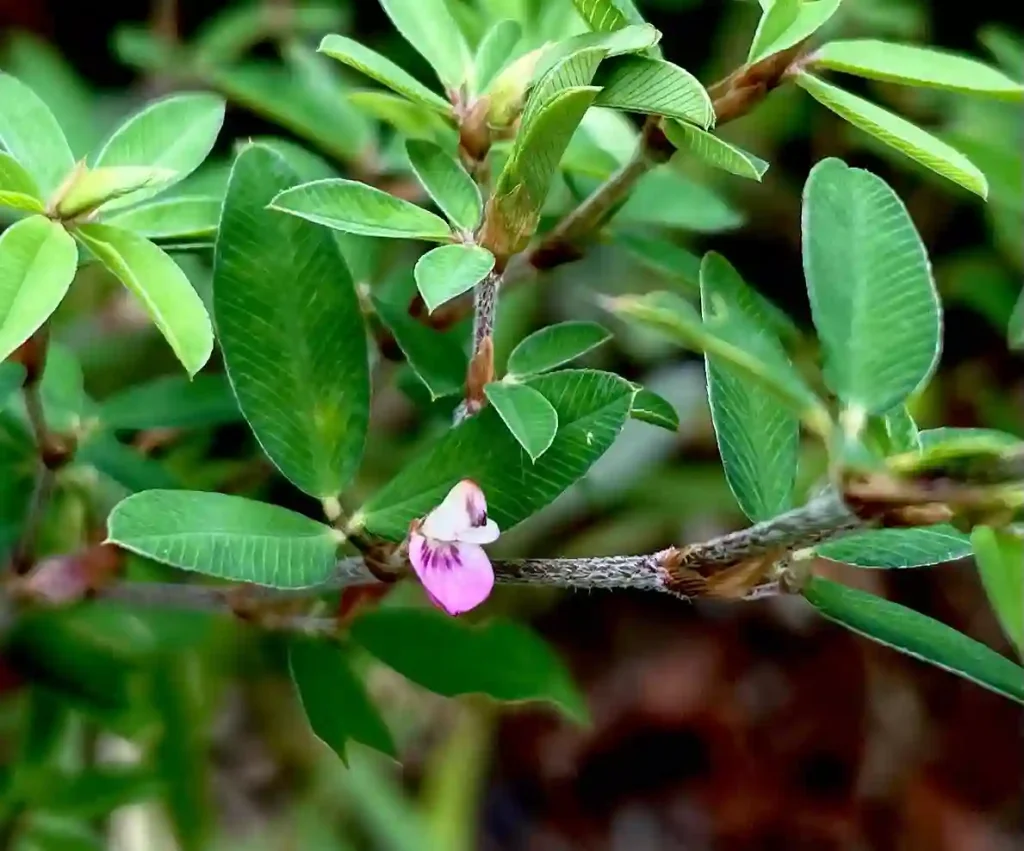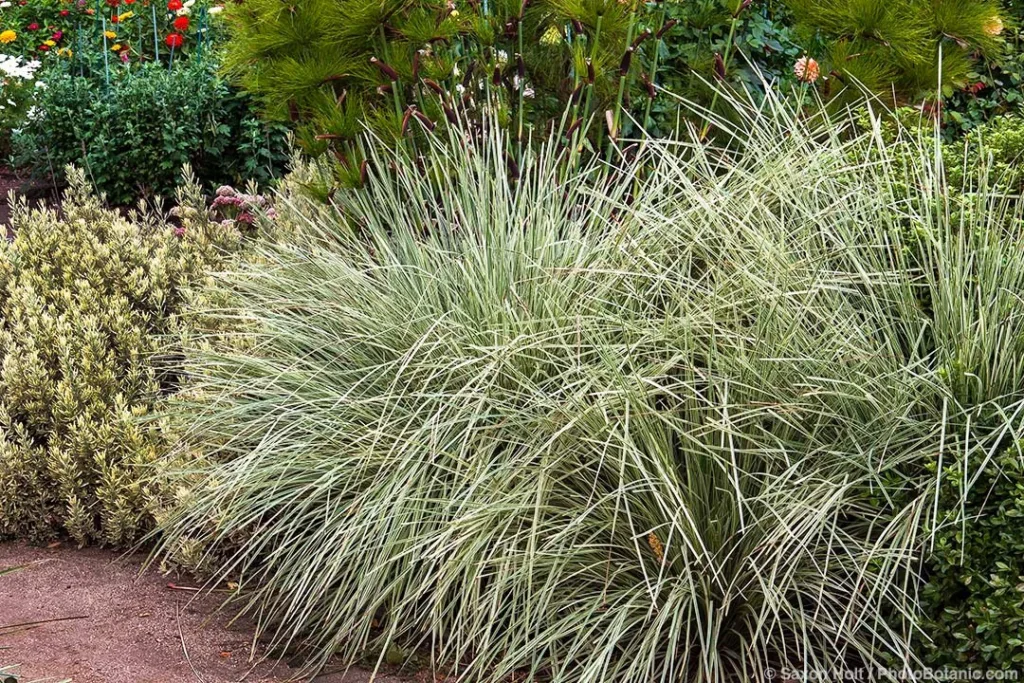
Malvaviscus Arboreus: All You Need to Know About the Sleepy Mallow
Hi there, Ferb Vu here! I’m a plant enthusiast and I’m often drawn to unique and eye-catching flowers. The Malvaviscus arboreus, also known as the Sleepy Mallow, definitely fits that bill. Over the years, I’ve learned a lot about this fascinating plant and I’m excited to share my knowledge with you.
What is Malvaviscus Arboreus?
The Malvaviscus arboreus is a flowering shrub native to the American South, Mexico, Central and South America. It belongs to the Malvaceae family, which includes hibiscus and hollyhocks. The name “arboreus” comes from the Latin word for “tree-like,” reflecting the shrub’s potential to reach impressive heights in ideal conditions.
The most striking feature of the Sleepy Mallow is its blooms. Unlike its close relative the hibiscus, the Malvaviscus arboreus’ flowers never fully open. Instead, the bright red petals droop downwards, forming a tubular shape that some say resembles a sleepy eye (hence the nickname). This unique look adds a touch of whimsy to any garden.
How to Care for Malvaviscus Arboreus?
The Sleepy Mallow is a relatively easy plant to care for, making it a great choice for both novice and experienced gardeners. Here are some key tips:
- Light: Malvaviscus arboreus thrives in full sun to partial shade. Aim for at least 6 hours of direct sunlight daily for optimal flowering.
- Water: Water your Sleepy Mallow regularly, especially during hot and dry periods. Aim to keep the soil consistently moist but not soggy. Well-draining soil is crucial to prevent root rot.
- Soil: The Sleepy Mallow prefers fertile, well-draining soil. Amending your planting area with compost or organic matter can help create the ideal growing conditions.
- Fertilizer: Apply a balanced fertilizer once a month during the growing season (spring and summer) to encourage healthy growth and abundant blooms.
- Pruning: Regular pruning can help maintain the desired size and shape of your Sleepy Mallow. Prune lightly after flowering to encourage bushier growth and remove any dead or diseased branches.
How to Propagate Malvaviscus Arboreus?
There are two main ways to propagate the Sleepy Mallow: stem cuttings and seeds.
- Stem Cuttings: Take stem cuttings in spring or summer. Choose healthy, non-flowering stems with a few nodes. Remove the lower leaves and dip the cut end in rooting hormone (optional). Plant the cutting in a pot filled with moist potting mix and place it in a warm, humid location. Keep the soil moist and provide indirect sunlight. Roots should develop within a few weeks.
- Seeds: Seed propagation can be a bit trickier but rewarding. Sow seeds indoors in a well-draining potting mix in late winter or early spring. Keep the soil moist and provide warmth (around 70°F). Germination can take several weeks. Once seedlings establish a few sets of true leaves, transplant them into individual pots and harden them off before planting them outdoors.
What to Plant with Malvaviscus Arboreus?
The Sleepy Mallow’s vibrant red flowers pair beautifully with a variety of plants. Here are a few ideas:
- Complementary colors: Yellow flowers like lantana or coreopsis create a cheerful contrast.
- Textural contrast: Combine the Malvaviscus arboreus with ornamental grasses for added texture and movement in the garden.
- Low-growing perennials: Plant low-growing perennials like dipladenia or vinca around the base of the Sleepy Mallow to add color and fill in empty spaces.
Additional Tips
- The Sleepy Mallow is generally pest and disease resistant, but keep an eye out for aphids and mealybugs. Insecticidal soap spray can be used to control these pests if necessary.
- The Sleepy Mallow is moderately frost tolerant. Protect young plants from harsh winter conditions by mulching around the base.
- In colder climates, the Sleepy Mallow can be grown as a container plant and brought indoors for the winter.
By following these simple tips, you can enjoy the beauty of the Malvaviscus arboreus in your own garden. So, why not add a touch of the tropics to your landscape with this unique and captivating flowering shrub?
If i die, water my plants!



